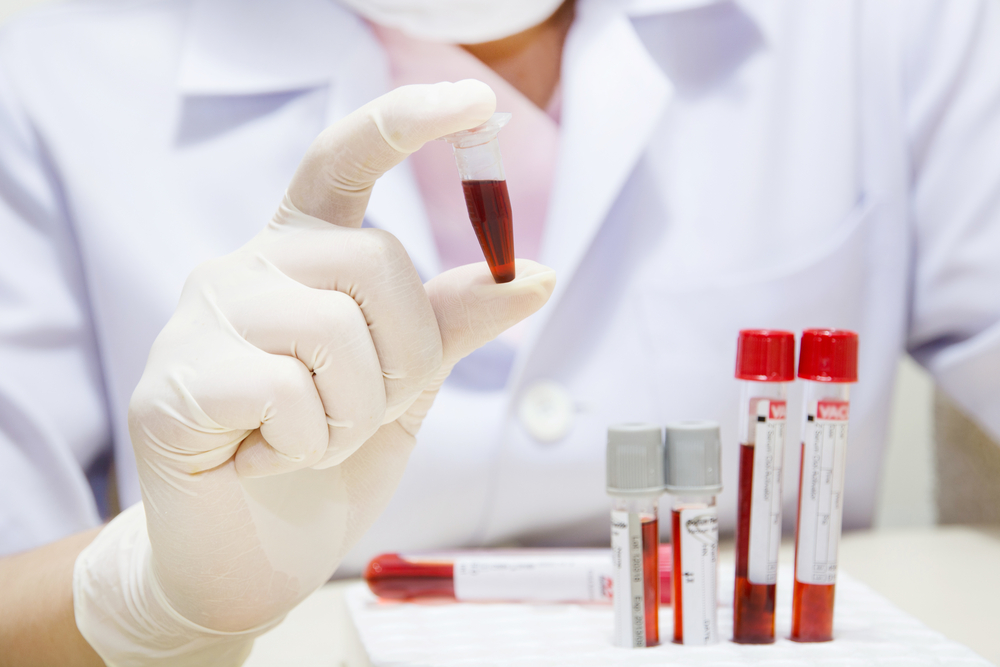Blood Marker a Sensitive Tool to Diagnose Sarcoidosis Severity, Assess Progression
Written by |

Measuring the levels of the blood marker soluble interleukin-2 receptor (sIL-2R) in patients with suspected sarcoidosis offers more sensitive diagnostic guidance than other commonly used markers, and allows physicians to identify patients with multiple organ involvement, according to a recent study.
The marker also was seen to correspond to disease progress. So, in addition to supporting a diagnosis, researchers suggested that sIL-2R can be useful in assessing disease activity.
The study, “Serum soluble interleukin-2 receptor level is more sensitive than angiotensin-converting enzyme or lysozyme for diagnosis of sarcoidosis and may be a marker of multiple organ involvement,” was published in the Journal of Dermatology.
In Japan, measuring sIL-2R is part of the laboratory workup of patients with suspected sarcoidosis. Despite this, and the fact that dermatologists often are the first to see a sarcoidosis patient, no studies have examined the sensitivity of the marker in patients with skin lesions.
Researchers at Kansai Medical University in Japan compared the sensitivity of three sarcoidosis markers in patients who sought care at the dermatology department of the hospital. The other two markers were angiotensin-converting enzyme (ACE) and lysozyme.
A retrospective analysis of 72 sarcoidosis patients’ medical records revealed that higher-than-normal levels of sIL-2R were found in 52.8% of patients. Only 29% of patients had elevated ACE levels and 26.4% had high lysozyme concentrations.
The factors, however, were linked, and higher levels of sIL-2R correlated to increased concentrations of the other two markers tested.
Looking at only the subgroup of patients with lung disease, the team also noted that sIL-2R concentrations became higher the more severe the lung disease was. Patients with high levels of the blood marker also were more likely to have multiple skin lesions.
The same pattern appeared when the team analyzed the number of affected organs. Patients with more than three affected organs had significantly higher levels of sIL-2R than those with fewer diseased organs.
The team also showed that a cut-off value about 1.3 times higher than the upper limit of what is considered normal, could be used to identify patients with more than three affected organs with 100@ certainty. Lower values, however, could be found in some patients with multiple organ involvement.
Analyses of follow-up data also showed that sIL-2R levels reflected disease progress; when patients got better, levels dropped, and if they got worse, levels rose.
“Based on the data reported herein, a higher level of sIL-2R is linked to pulmonary lesions and may help to predict which patients will have multiple organ involvement in sarcoidosis.” the team concluded. “In comparison with ACE and lysozyme levels, sIL-2R level may be a more sensitive marker to support a diagnosis of sarcoidosis and may be helpful in evaluation of disease activity.”





